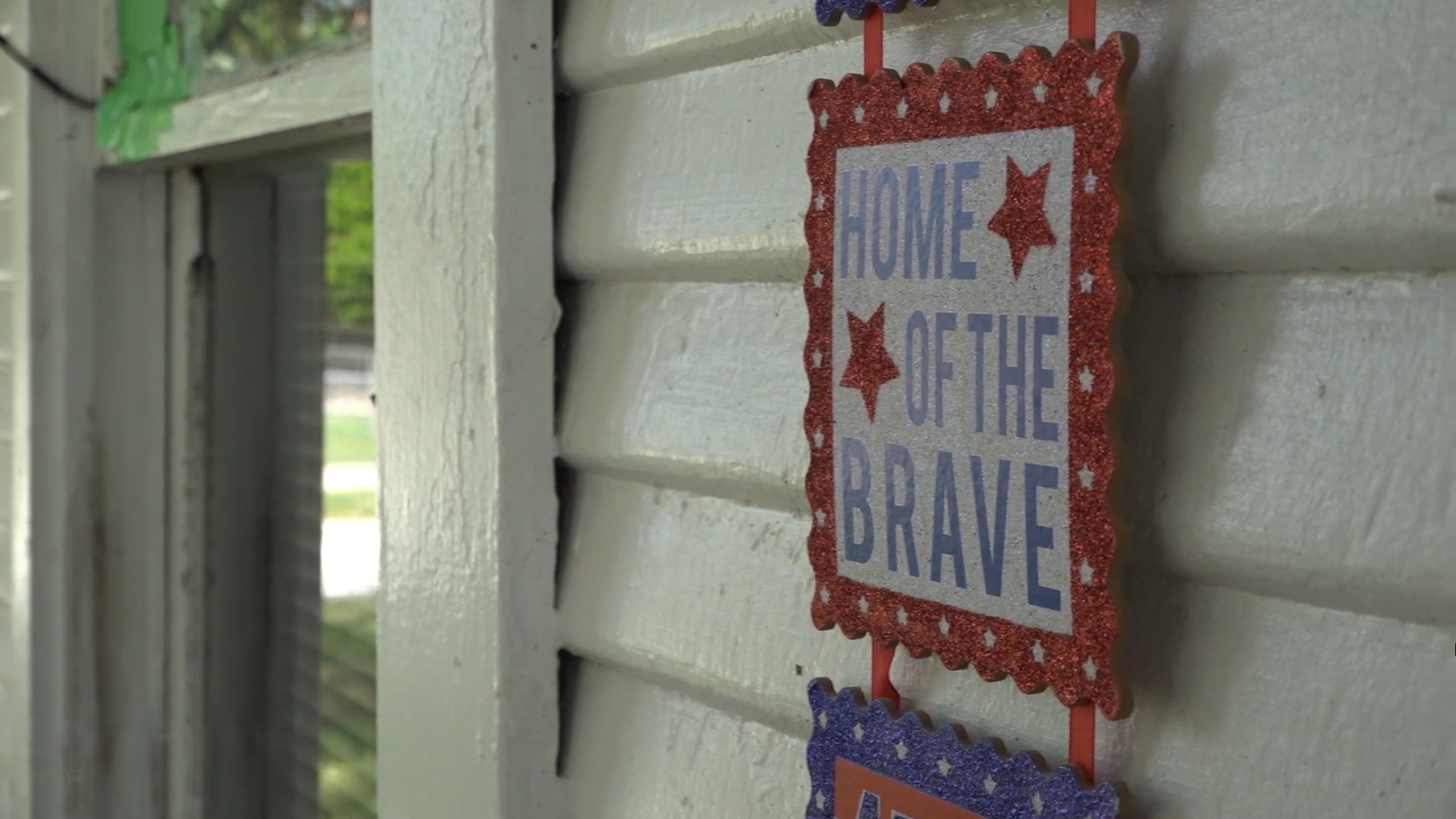MCALLEN, Texas — The Rio Grande Valley has more than 36,000 confirmed cases of COVID-19. The death count is 977. It’s more deaths from COVID-19 than Fort Worth and Dallas counties combined.
“There's no other place in the world like the valley,” said Veronica Salinas.
Salinas now lives in Houston but grew up in the Rio Grande Valley.
“It’s hard to stay away from your family. We’re very close,” said Salinas.
“The pattern of this virus and how it's impacting, especially hospitalizing, it is exactly the makeup of the Rio Grande Valley,” said Dr. James Castillo II, MD, Cameron County Health Authority.
Castillo said the tight bond is one reason COVID-19 continues to spread in his area.
“It's really hard to break a lot of those habits about getting together with your family members, and so we'd see these surges after every holiday,” said Castillo.
It’s not family values driving up the numbers. Castillo said it’s the demographics behind those values.
“It's affecting Hispanics, more people who live in smaller homes, closer families, poverty,” said Castillo.
Four counties make up the Rio Grande Valley – Starr, Hidalgo, Cameron and Willacy. Of the population, 92% are Hispanic.
Looking at census data through the eyes of COVID-19, average homes in the valley have at least one more person. It’s one more point of contact for infection to spread.
A quarter of the people in the Valley do not have health insurance, compared to 1:10 across the U.S. About 1:3 live in poverty.
"This can happen anywhere. We don't have a whole lot of public transport. We don't have high rises. We don't have subways. And still it spread because of that close family interaction and all of the risk factors we have," said Castillo.
Doctors with the CDC say we all can take responsibility; this isn’t isolated to South Texas and it’s in communities of color across the U.S.
“COVID-19 lay bare in plain sight social inequities that we've been aware of ... but we can no longer be in ignorance about these disparities,” said Dr. Leandris Liburd, chief health equity officer, CDC COVID-19 response.
On a call with other health professionals, Dr. Liburd said social policies impact health.
“Discrimination, including racial discrimination, can lead to chronic and toxic stress and that puts some people from racial and ethnic minority groups at increased risk for COVID-19,” said Liburd.
“The traditions of the Hispanic culture, brought to the United States, we need them to survive,” said Salinas.

